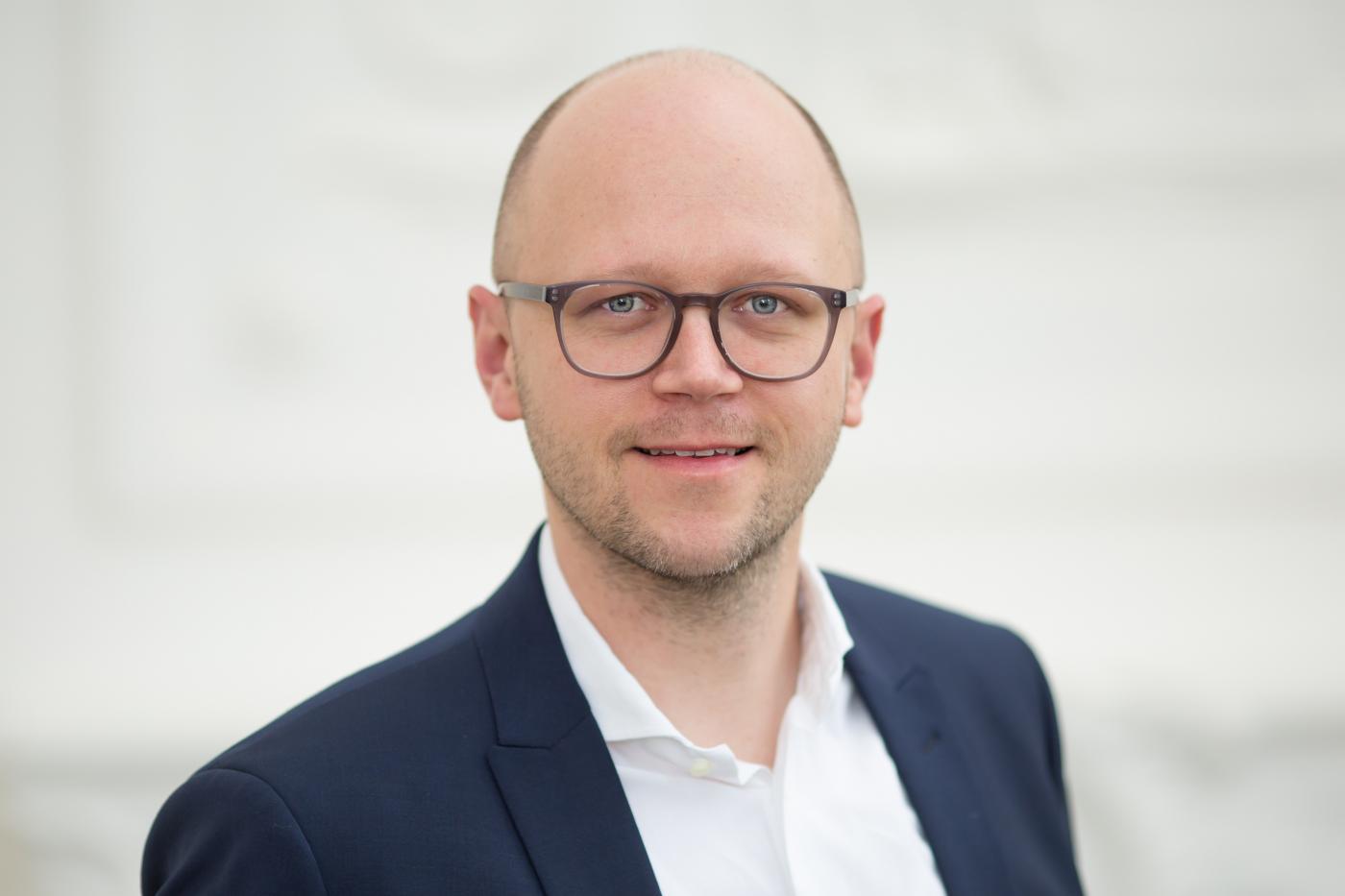The Research Centre Borstel is the Leibniz Association's lung research centre and has a long history of researching and diagnosing tuberculosis, asthma and Chronic Obstructive Pulmonary Disease (COPD). "A network of reference centres in Germany focuses on diseases that are crucial to public health protection," Maurer pointed out. Appointed by the German Ministry of Health and the Robert Koch Institute, the NRZ acts as the World Health Organisation's national and supranational reference laboratory for tuberculosis diagnostics. NRZ also develops, improves and evaluates new diagnostic techniques. To perform its tasks in the best possible manner, the federal and state governments earmarked EUR 70 million in funds to build two new state-of-the-art laboratories at the Research Centre Borstel. The grand opening on June 10, 2022 saw experts from all over the world come together for a symposium on preventing tuberculosis. The buildings feature a new respiratory centre and workspaces for some 20 NRZ employees.





